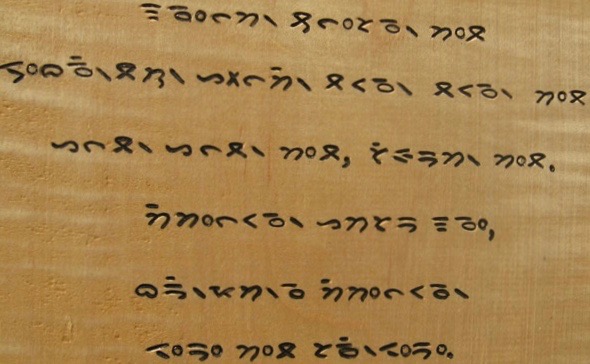Humanitarian Laws are universal laws of war. They focus on the protection of those who do not fight, those who have already fought, and civilians. These laws are set up to protect people and limit the suffering of individuals due to war and conflict. They were created after World War 2 along with the United Nations, a pact amongst many nations of the world that agreed to uphold the humanitarian right to life across the globe.
I have chosen to look at Myanmar, formerly known as Burma with respect to its humanitarian laws and genocide. Myanmar, a country in Southeast Asia, has a very troubled history from “coups, military rule, and ethnic conflict”. The country has suffered from decades of repressive military rule ever since it gained independence from Great Britain in 1948. Recently Myanmar has been in the midst of a civil war and ethnic conflict between the military and people in the Rakhine State. This conflict has resulted in the killing, rape, and destruction of many individual’s lives. The Rohingya genocide is the biggest humanitarian crisis in Myanmar right now as the Rohingya Muslims are the target of the militaries’ force. It is estimated that this crisis, which began in 2016, has displaced over 200,000 people, killed over 25,000 people, and harmed many more. Many first-world countries, along with the UN have called this a humanitarian crisis that must be addressed. The military regime that controls Myanmar does not have any level of humanitarian law that is known to the outside world. It is hard to receive information about Myanmar, and the human rights crisis because the military has censored a lot of information leaving the nation. In an attempt to support the people of Myanmar, the international community has condemned the military coup, but no other action has been taken to uphold the idea of international humanitarian law.
*This conflict is very complicated and there is limited information about it. I was able to piece together a little bit of the story, but there is much we don’t know about the military regime and the Rohingya Muslims. This short documentary looks into the crisis further: Myanmar’s Rohingya Genocide – YouTube
Read more about the Rohingya Genocide:
Myanmar Rohingya violence is genocide, US says (bbc.com)
Read more on Myanmar: (under the oppressive forms of government, there are limited local news sources from Myanmar itself)
Myanmar: Intense fighting spreads to cities, as civilians seek shelter | UN News








